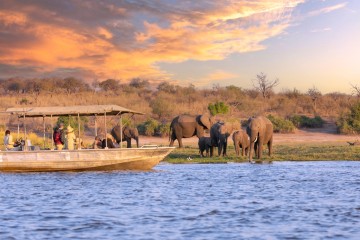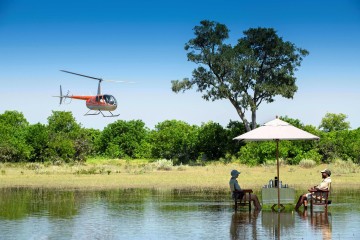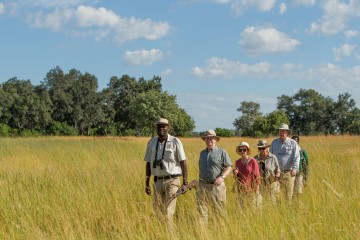Wild, peaceful, and endlessly fascinating, Botswana has long been one of Africa’s lesser-known success stories. A country that takes conservation seriously, it thrives on stability and peace, and treats travellers not as tourists but as welcome guests. If you have ever wondered what Botswana is famous for, the answer lies in its landscapes, its wildlife, and the remarkable way it protects both.
Here are eleven facts that show why a visit to Botswana belongs on your bucket list.
1. A Diamond Powerhouse with a Conscience
Botswana is well known for its diamonds, but the real story lies in how they have been used. On a break from what seems to be tradition among mineral-enriched nations, Botswana invested the profits from mining in free education, reliable healthcare, and building solid infrastructure. Results are visible everywhere, from good roads linking remote towns to modern hospitals and schools that actually function. It's one of the few countries in the world where diamond wealth has built a foundation for real progress and that smart management is also one of the reasons Botswana boasts the second entry on this list.
Fun fact: the largest diamond found in over a century, a 1,098-carat stone, was discovered here in 2021.
Viva’s Tip: Combine luxury and meaning with the Best of Botswana and Victoria Falls. You will see how responsible tourism and conservation have created a country that sparkles from within.

Botswana offers unparalleled options for luxury safaris in remote landscapes that are blissfully unspoiled.
2. Africa’s Most Stable Democracy
When Botswana gained independence in 1966, it was a small, landlocked country with almost no infrastructure and one of the lowest GDPs in the world. Fast-forward to today, and it's often ranked among the most stable and transparent democracies in Africa. Power changes hands peacefully, elections are regular, and corruption levels remain remarkably low.
For travellers, that stability translates into a real sense of ease. You can move around safely, explore remote regions with confidence, and chat freely with locals about life and politics without tension or caution. Botswana is very easy going, people are friendly and everyday life for travellers is relaxed and rewarding.
Plus, the wildlife sightings are out of this world.
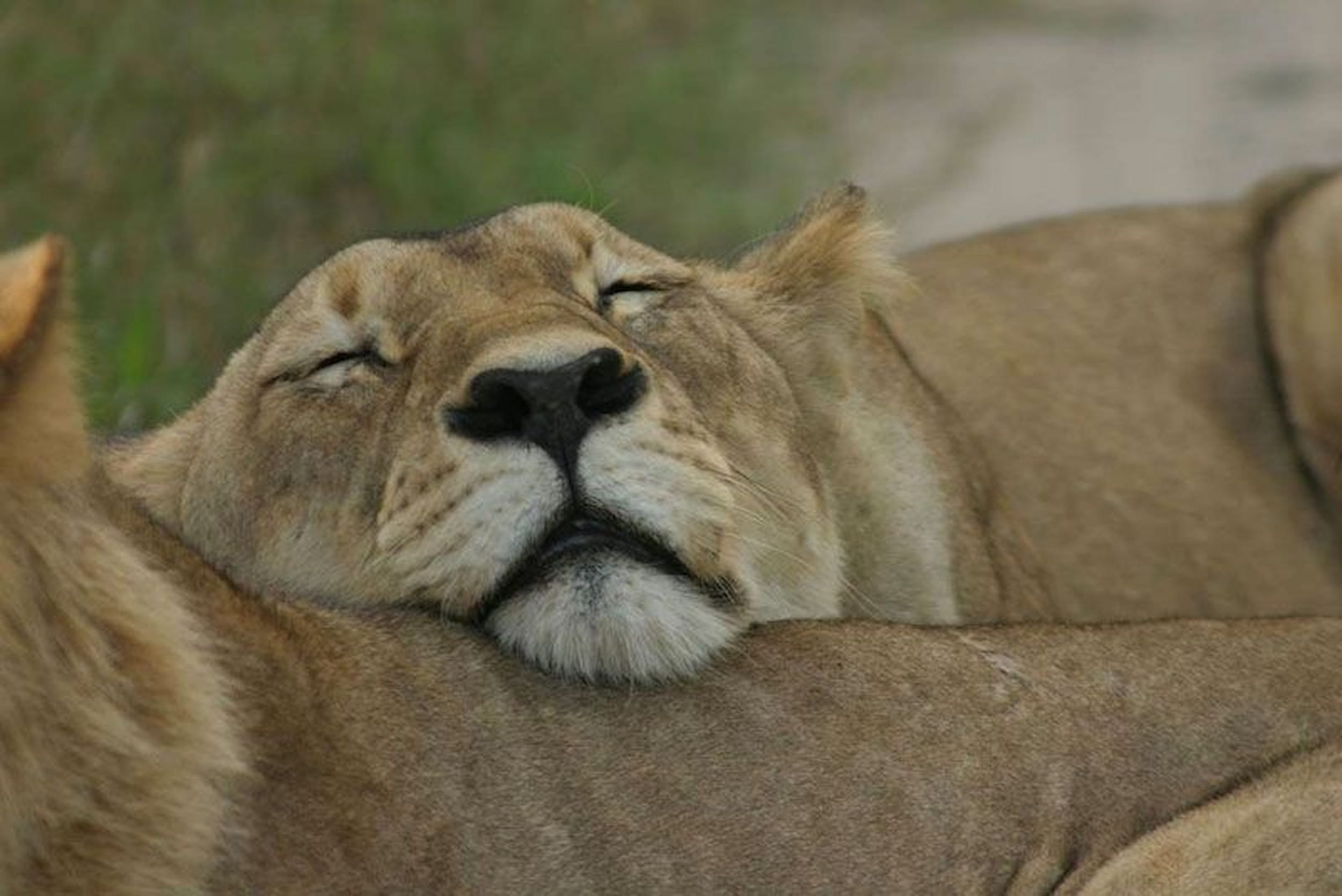
Life in Botswana is as relaxing for these lions as it is for travellers.
“Botswana is the one country where you can actually run into elephants crossing the road, especially early in the morning,” says Laura, Viva writer and former tour guide in Africa. “The parks aren’t fenced like in some countries, so you might spot elephants right on a regular road transfer. It’s extraordinary!”
3. The Okavango Delta – Where Water Floods the Desert
If you're in search of one of nature's most astonishing surprises, look no further than the Okavango Delta. Every year, floodwaters from Angola spill south into the Kalahari, vanishing into the sand instead of reaching the sea. The result is the world's largest inland delta, a mind-boggling network of winding channels, islands, and lagoons that nourish a jaw-dropping concentration of widllife and flora.
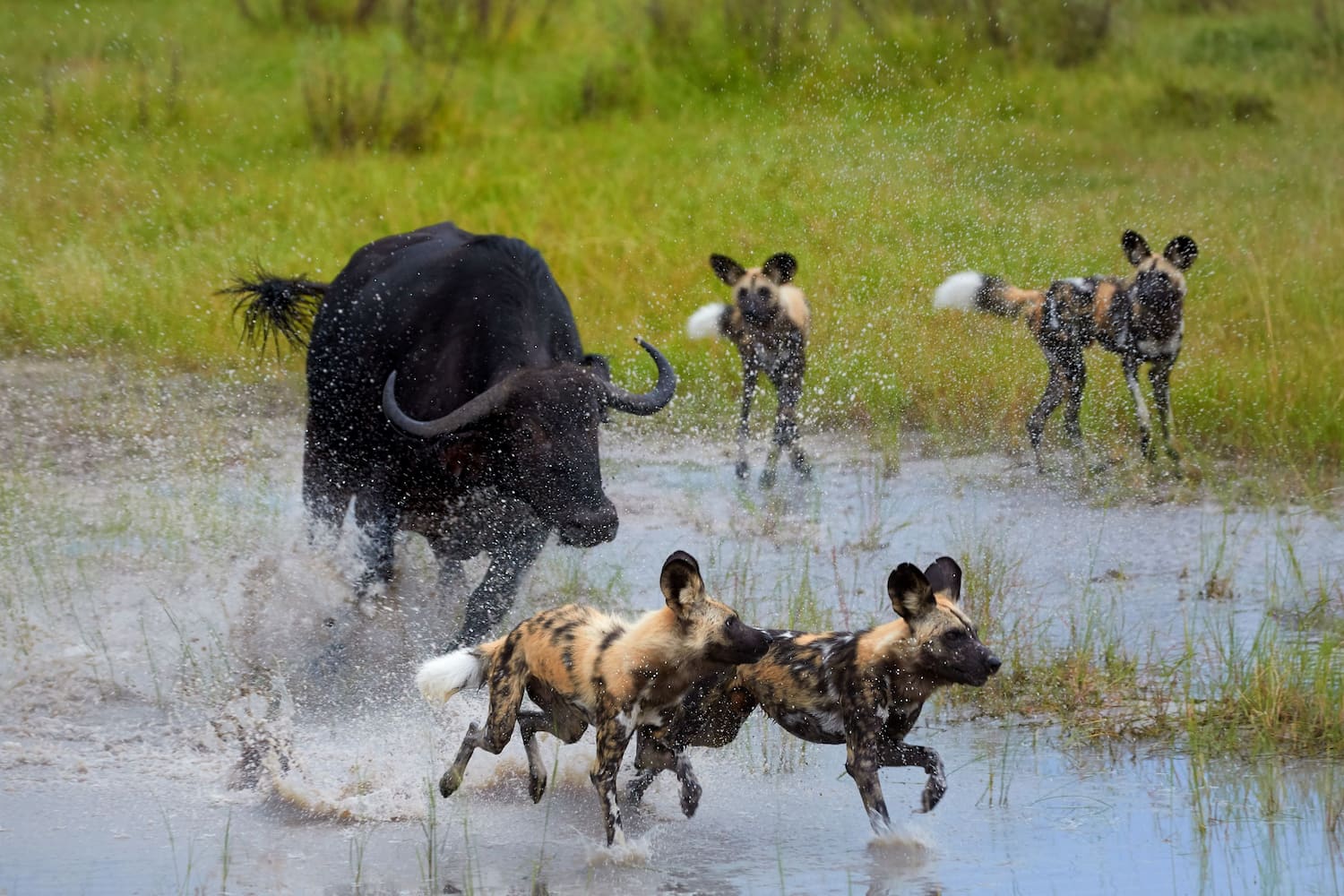
Recognised by UNESCO in 2014, the Okavango is one of the most extraordinary places to visit in Botswana, where wild dogs and buffalo vie for prime drinking spots.
This natural wonderland is home to elephants, lions, leopards, and more than 400 species of birds. The best way to take it all in is the slow way, drifting silently through the reeds in a mokoro canoe while fish dart beneath you and dragonflies hover all around you.

Locals still navigate the Okavango by mokoro, and you can, too.
For a real taste of life in the Delta, join our Fly-In Okavango Delta tour. You will arrive by light aircraft, explore by mokoro or 4x4, and fall asleep to the sound of hippos grunting outside your tent.
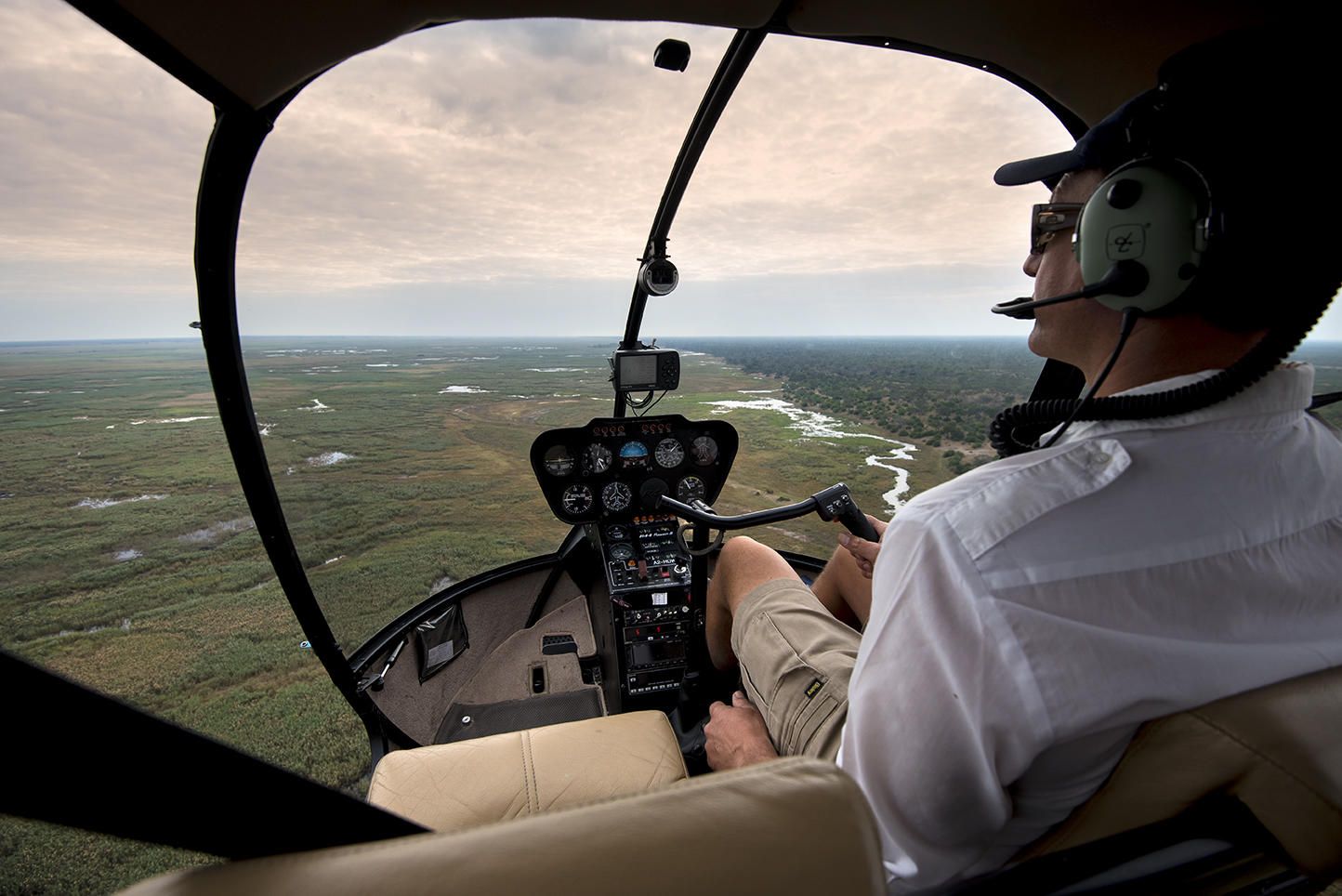
Fly-in safaris in the Okavango offer the priceless chance of soaking up a bird’s eye view of the Okavango.

African sunsets are legendary but those in the Okavango are even more unforgettable.
Viva’s Tip: The best time to visit is at the heart of Botswana’s dry season between May and August, when the floodwaters are highest, the delta triples in size, and wildlife gathers on the islands. Bring a good pair of binoculars if you love birdlife—the elusive Pel’s fishing owl is one of the Okavango’s most prized sightings.
Here are 29 seconds of unadulterated Okavango magic.
4. Chobe National Park – Land of Giants
Botswana is home to more elephants than any other country on Earth, with around 130,000 of them, and Chobe National Park is where they gather in huge numbers. Along the Chobe River, you can watch hundreds of elephants come to drink, bathe, and play as the sun sets.
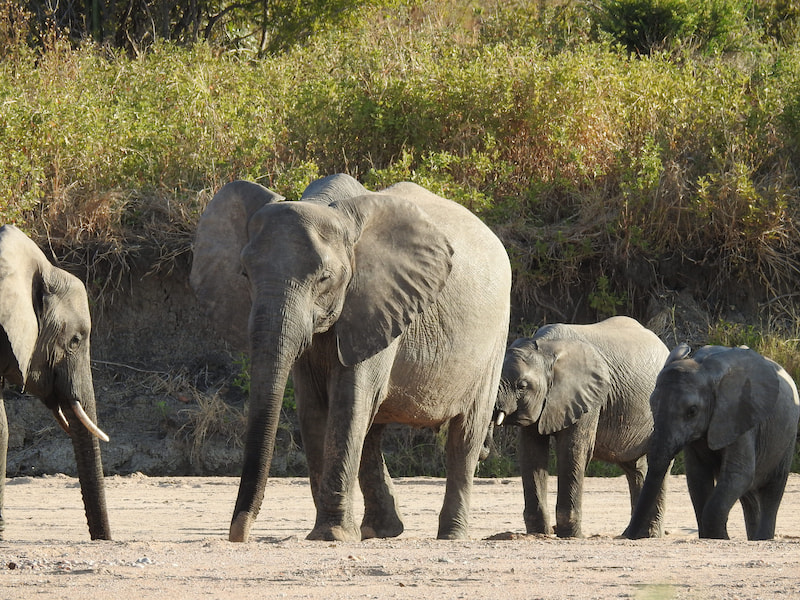
The gentle giants of Chobe are Botswana’s true priceless gems.
Lions and leopards patrol the floodplains in search of an easy meal, while herds of zebra and buffalo move together in a powerful wave of muscle, dust, and sound.
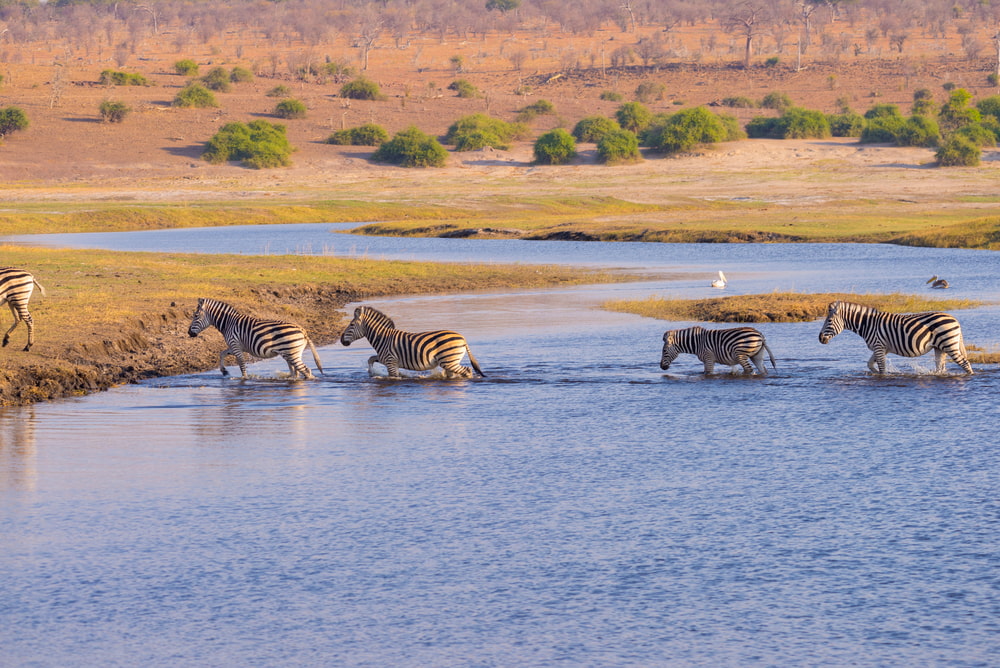
Chobe River, the original zebra crossing!
Covering more than 11,000 square kilometres, Chobe is a place that delivers pure safari magic. Spend your days on game drives, river cruises, and canoe trips, and you’re set to enjoy incredible wildlife encounters from different perspectives.
Choose to explore in complete comfort on our Chobe Encounter, a three-day journey where you can photograph elephants from the river or spot them from your private deck.
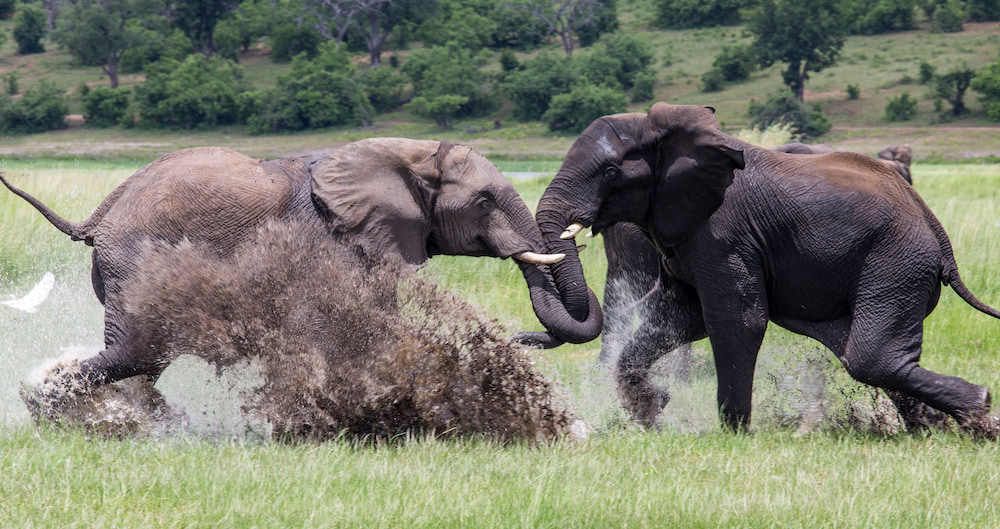
In the arena of the wild, even mighty tuskers must fight for dominance.
Fun fact: In the dry season, Kasane town often suffers from traffic jams caused not by cars but by elephants, as they wander straight into town and leisurely munch from roadside trees!
5. The Kalahari Desert – Soul of the San People
The Kalahari Desert covers about 70 percent of Botswana, and a fair chunk of Namibia and South Africa, too. Far from being a sea of sand and dunes, it is a thriving landscape dotted with acacia trees, roaming oryx, and the San Bushmen people, who have called it home for tens of thousands of years. Considered among the oldest cultures on earth, the San’s ability to read the land is stupefying. They can identify which animal passed by, how long ago, and even what direction it went, just from the pattern of tracks in the dust.
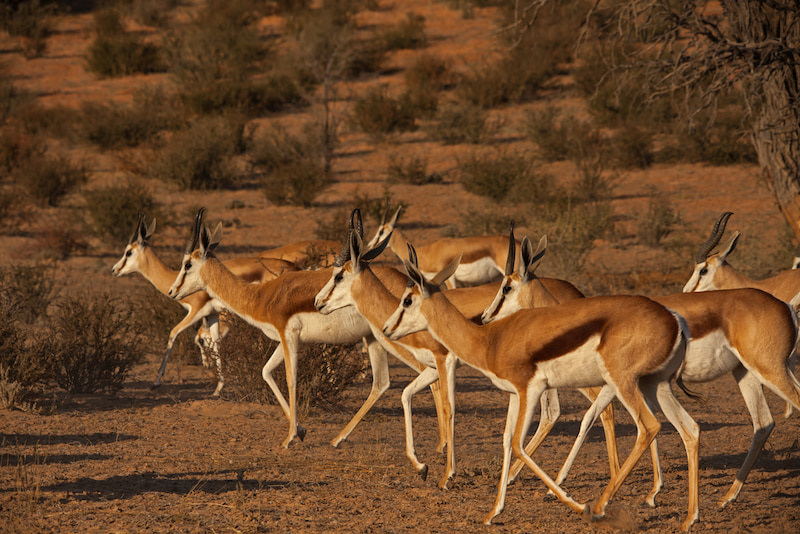
Herd of springbok grazing on the Kalahari’s seemingly barren red sands. But not all is what is seems...
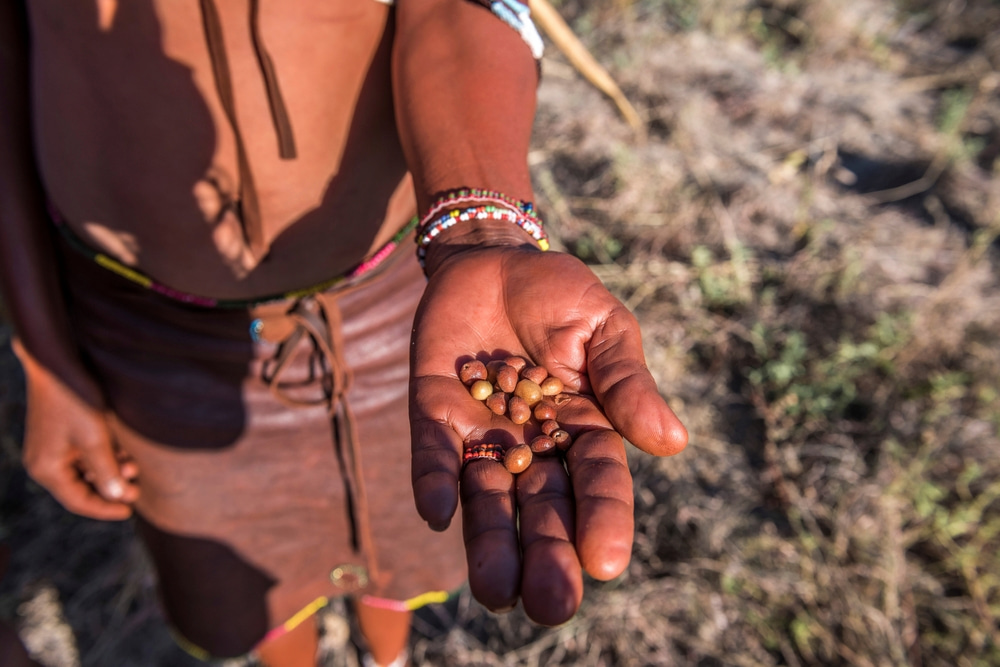
...if you know where to look, like the San and springbok do, you’ll find the Kalahari full of desert berries.
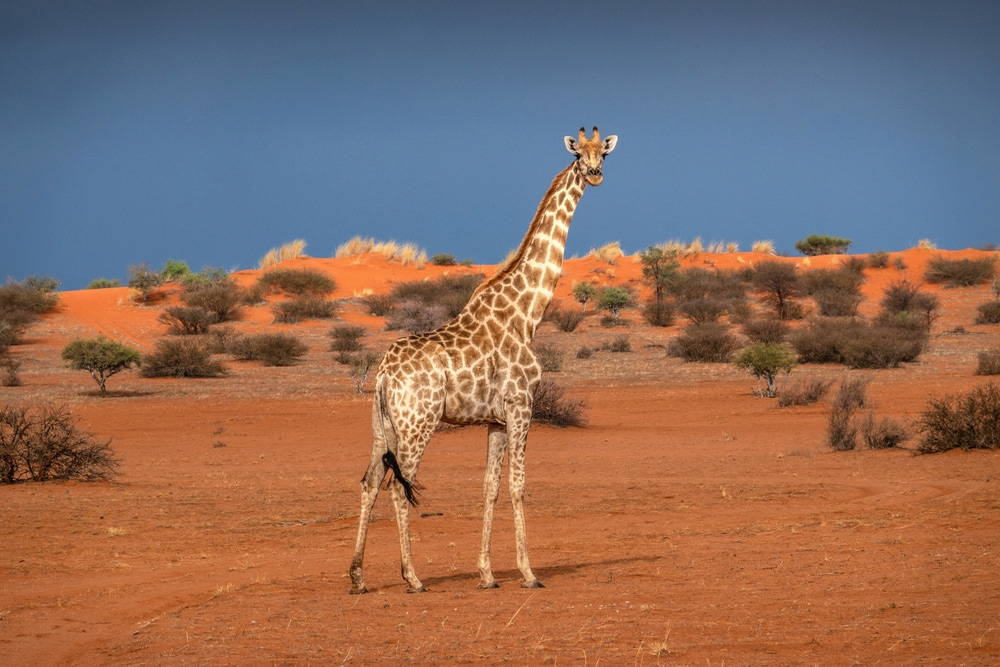
Spotting wildlife like this giraffe, in this corner of Botswana, is always a startling surprise.
Although few places in Botswana ever feel busy, the Kalahari takes that sense of space to a whole new level. Exploring this vast desert of surreal landscapes by day is food for the soul, while nights bring an explosion of stars so bright they almost light up the sand.

Nightfall in the Kalahari turns the heavens into a glittering canvas, the stars almost touching the sand.
Viva’s Tip: Depending on the season, the journey might extend into the Central Kalahari, offering a chance to meet San trackers and walk the desert sands they know so well.
> Discover What It’s Like to Travel With Drifters on a Small Group Tour.
6. Makgadikgadi Pans – Salt, Space, and Surreal Skies
Once part of a vast ancient lake, the Makgadikgadi Pans now stretch for miles as blinding-white salt flats that mirror the sky. In the dry season, you can drive for hours without seeing another soul, while in the wet months the pans burst into life.

Animals gather by the thousands, and herds of zebra make their little-known migration across the plains, the second largest in Africa.
> All you need to know about animal migrations in Africa.
Makgadikgadi is one of the most surreal places to visit in Botswana, a place where silence and nature impress in equal measure. Stay at the legendary Jack’s Camp, where you can walk with meerkats, explore by quad bike, or learn desert legends from Zu/’hoasi Bushmen guides. When night falls, the Milky Way stretches so clearly across the sky that it feels close enough to touch.
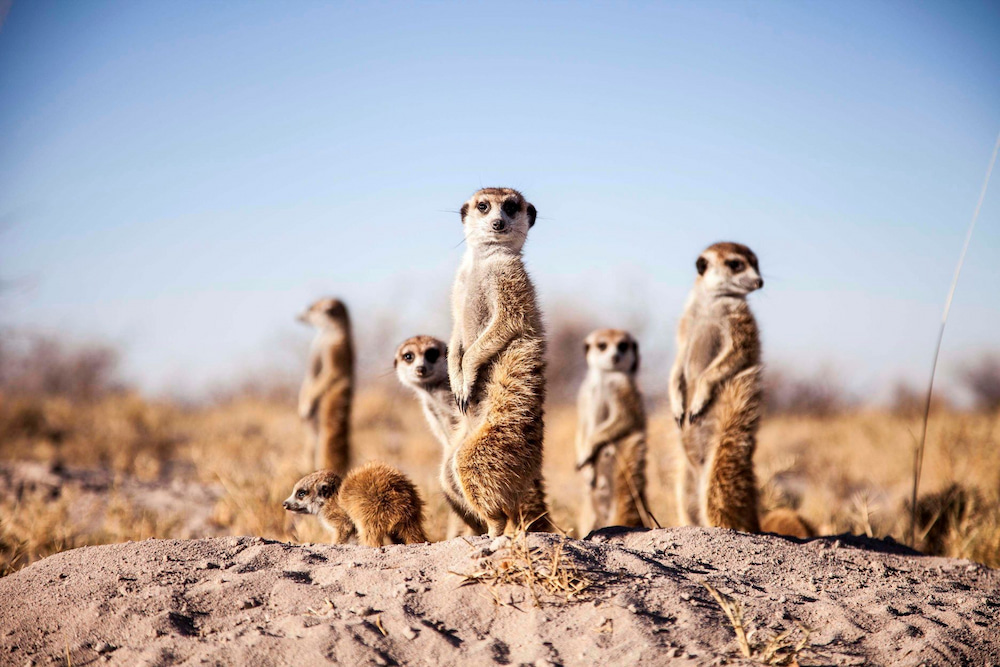
Tiny desert detectives on duty.
“Standing on the salt pans feels like standing on the moon," says Viva's Rachel Williams. "You start to understand what Jack Bousfield meant by 'the savage beauty of a forgotten Africa'."

Rachel and her family at the Makgadikgadi Pans, Botswana.
7. Tsodilo Hills – An Open-Air Ancient Gallery
Nicknamed the “Louvre of the Desert,” Tsodilo Hills appear as if by mirage, rising sharply from the sands of north-western Botswana. The cliffs are covered in more than 4,500 rock paintings, mostly animals like giraffes, hunters in their chase, and swirling patterns that tell stories of the people who lived and prayed here some 20,000 years ago.
According to local lore, the tallest hill is male, the smaller one female, and the tiniest represents their child. Together, they form a family still held sacred by nearby communities.

Recognised as a UNESCO World Heritage Site, the hills are one of Africa’s most fascinating yet lesser-known archaeological sites.
8. Unparalleled Archaeological Heritage
Tsodilo is just the start of Botswana’s ancient past. Archaeologists have discovered artefacts dating back at least 100,000 years, making this one of the oldest continuously inhabited regions in Africa. From fossilised tools and pottery fragments, to ancient fire pits revealing how early humans once lived all across the Okavango and Kalahari, adapting to changing climates and landscapes.
For travellers who like their safaris with a side-serve of archaeology, few places in southern Africa offer such a startling connection to the ancient world. To experience incredible wildlife encounters while exploring this profound human heritage, just ask us how to extend your Botswana tour to explore more of Botswana’s hidden highlights.
9. Eco-Friendly Tourism Done Right
Botswana is known for approaching its tourism appeal a little differently. Instead of focusing on attracting large visitor numbers, the country follows a “low-volume, high-value” approach that keeps its wilderness wild and its experiences exclusive. Camps are small, high-end, eco-friendly, and often run by local staff, so the benefits flow directly into nearby communities.
This delicate balance protects the environment and makes every safari feel special. You might find yourself gliding across a lagoon with no other boats in sight or watching a pride of lions with no crowd around you. In a region of Africa where mass tourism can sometimes be seen, this is a privilege that cannot be understated.
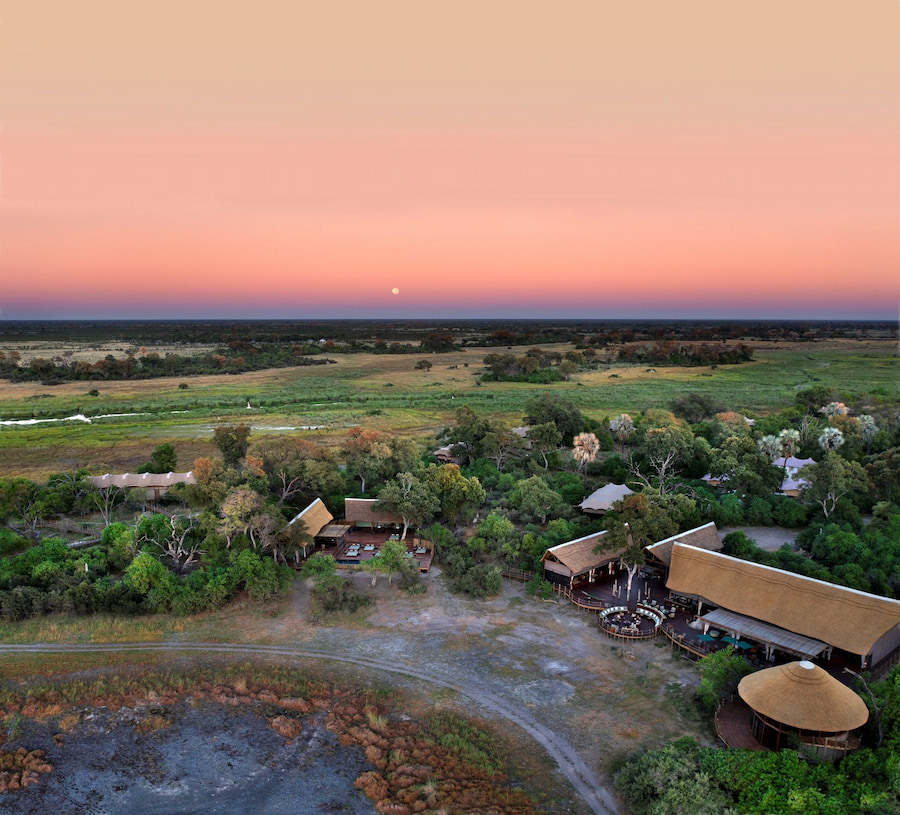
Stay in a lodge like Atzaro, pictured above, and you can enjoy wonderful comforts in lodges that are gentle to the environment.
The Best of Botswana and Victoria Falls tour captures this ethos perfectly, linking intimate camps in protected areas like Linyanti, Khwai, and the Okavango Delta while supporting ongoing conservation work.
“More than a quarter of Botswana's total land area is protected as national parks and reserves, which is one of the highest conservation ratios in all of Africa. That commitment to protecting wildlife is part of what makes travelling here feel so special." Rachel, Founder of Viva Expeditions.
> Read all about Rachel’s family trip to Africa.
10. Birdwatcher’s Heaven
Birding in Botswana is a joy, whether you know your species by heart or are just getting started. The country boasts over 600 species of birds, more than two-thirds of which are regular visitors. During the summer months, the skies fill with colour as migratory species arrive, including flamingos, bee-eaters, and the striking carmine roller. Check out this FatBirder Guide for more detailed info.
But even if you have never picked up binoculars before, it’s hard not to get caught up in the spectacle of it all.

A double-whammy bird-spotting moment in Botswana: red-billed oxpeckers hitching a ride on a Cape buffalo.
Viva’s Tip: Bring a good camera lens, a birding guidebook, and combine the Delta with Chobe for an unbeatable variety of sightings.
11. Pula – More Than Just Money
Botswana's currency is the pula, a word that means "rain" in the local Setswana language, a more than fitting name in a place where rain is scarce and brings life to everything.
Locals also use “Pula!” as a cheerful toast, wishing one another luck and prosperity. You will hear it often, whether you are paying for a coffee in Maun or bargaining for a handmade carving in Kasane.
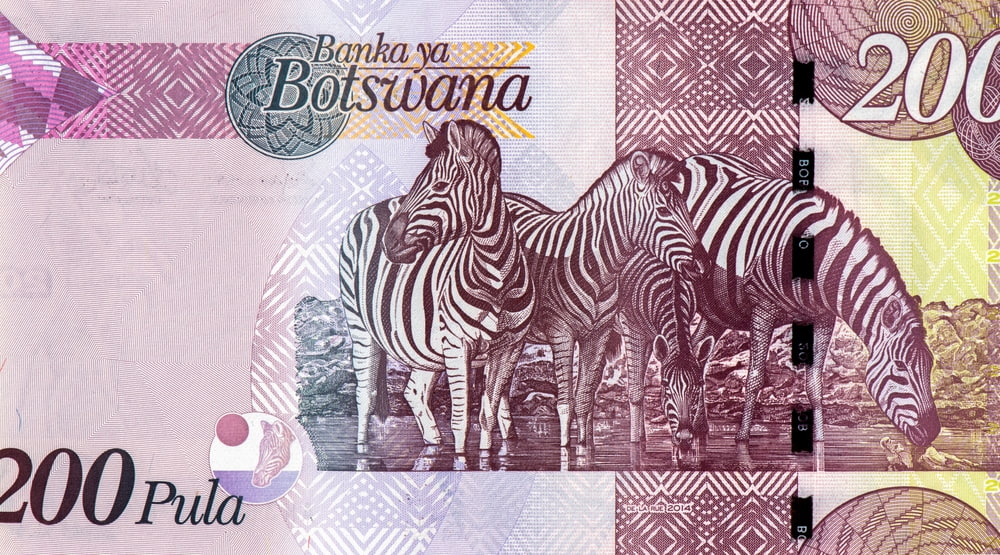
The South African rand is widely accepted in Botswana making travel here even simpler. Still, taking some pula home as souvenirs is a must.
Ready to Plan Your Botswana Adventure?
Botswana doesn’t need big words to impress. Its strength lies in its exquisite wilderness and wildlife, stress-free travel, and the way the focus is placed firmly on nature.
If you are ready to see it for yourself, get in touch with our Destination Specialists at Viva Expeditions and start planning your own Botswana journey.
> See all tours of Botswana
Laura Pattara
Laura Pattara has guided overland trips across Africa and now focuses her writing on the continent for Viva Expeditions. She once camped beneath a marula tree that an elephant tore apart during the night, yet somehow she still sleeps best in a tent. But make it glam! From sunrise balloon rides over the Serengeti to following the rhythms of wildlife migrations, Laura brings the wild heart of Africa to life with warmth, depth, and the occasional muddy boot.
|
